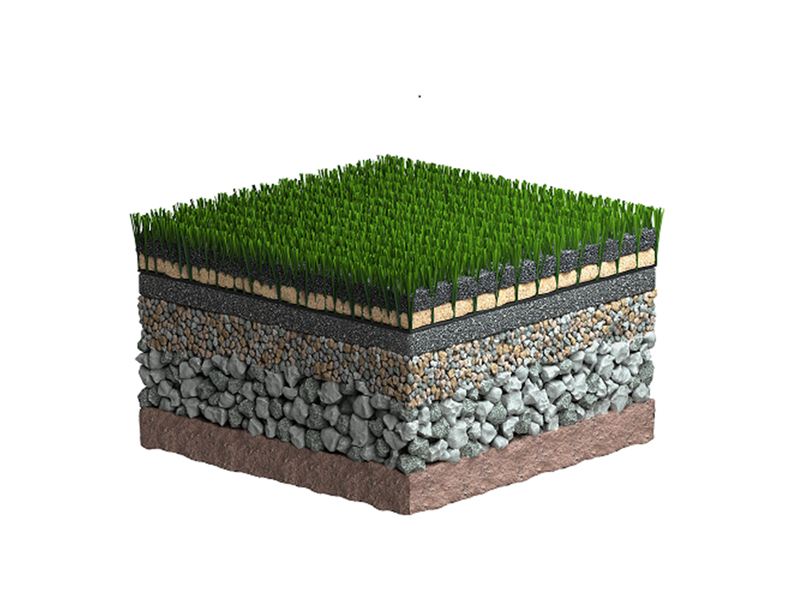How do turf systems update in different grass surface
- 12/23/2019

Artificial turf has been used at airports initially for it provides several advantages over natural turf. It does not support wildlife, it has high visual contrast with runways in all seasons, it reduces foreign object damage since the surface has no rocks or clumps, and it drains well.
The first generation artificial turf systems (i.e., short-pile fibers without infill) of the 1960s have been largely replaced by the second generation and third generation turf systems. Second generation synthetic turf systems feature longer fibers and sand infills. And third generation systems, which are most widely used today, offer infills that are mixtures of sand and granules of recycled rubber, or “rubber crumb”.
You’re not just building a pitch, you’re building a legacy. Your choice of system and supplier will have a major impact on the grass surface’s performance and long-term durability for years to come. The introduction of synthetic surfaces has significantly changed the hockey sports. Since being introduced in the 1970s, competitions in western countries are now mostly played on artificial surfaces. This has increased the speed of the game considerably and changed the shape of hockey sticks to allow for different techniques, such as reverse stick trapping and hitting.
Grass surface, color, infill, ground foundation, drainage, and etc., each element is necessary and needed to be carefully considered.



